St Wilfrid and Church Norton
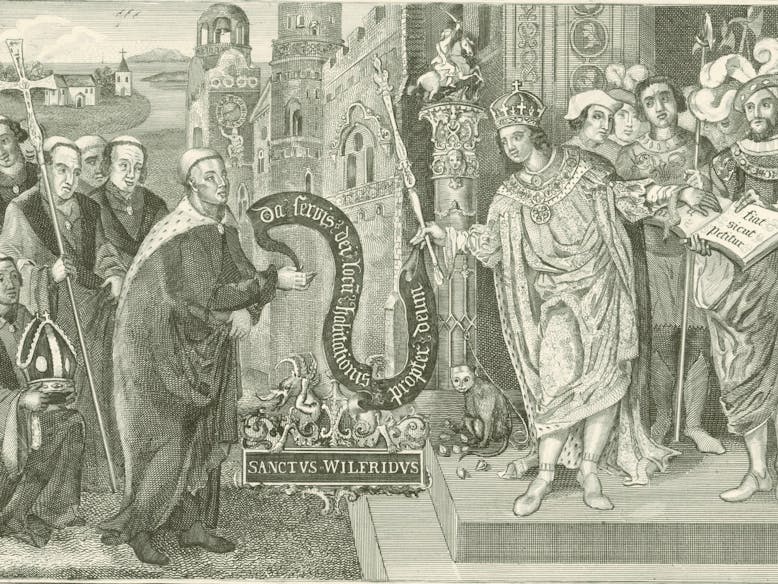
St. Wilfrid (634 AD – 709/710 AD) was an English Benedictine monastic who became a bishop aged 30, and who was canonized not long after his death in his seventies. Born into a wealthy Northumbrian family, he left his home as a teenager to study and entered religious life, first at The Holy Island of Lindisfarne in Northumberland, then at Canterbury, followed by Lyons in France, and Rome, Italy. He returned to Northumbria in about 658, and was appointed the abbot of a newly founded monastery at Ripon, where he introduced Roman Catholic rules and practices in opposition to existing Celtic custom.
He achieved fame at the Synod at Whitby in 664, where he advocated Roman Catholic practices in preference to Celtic practices. This led to Wilfrid being appointed Bishop of Northumbria that year. Following disagreements over his consecration, he withdrew to Ripon.
After the situation was resolved in 668, Wilfrid took up his seat as Bishop of York the following year. For the next nine years he devoted himself to his episcopal work and founded churches and Benedictine monasteries. After further disagreements with the Northumbrian King, he was expelled from York and in 677 travelled, first to preach in Friesland in the Low Countries, and then in 679, to Rome once more.
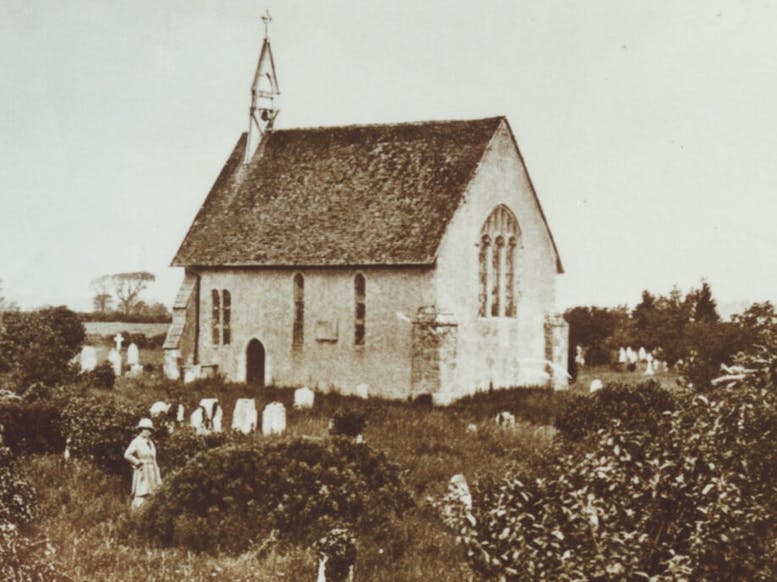
On his subsequent return to Northumbria he was briefly imprisoned and then went into exile in Sussex in 681. According to Venerable Bede in his 731AD book Ecclesiastical History of the English People, Wilfrid devoted the next five years to evangelizing and converting the pagan South Saxons to the ways of the Roman Catholic Church, having first converted their King Ethelwald. It is said that when he arrived at Selsey and started baptizing converts, miraculously rain began to fall after three years of drought. A considerable amount of land on the Manhood Peninsula and elsewhere was granted to him by the King, and Wilfrid founded an episcopal See at Selsey and built a monastery near the entrance to Pagham Harbour, at Church Norton, which he dedicated to St Peter.
An episcopal See in its original sense comes from the Latin sedes denoting a seat or chair. In the case of a bishop this symbolic chair is also known as a ‘bishop’s cathedra’. Therefore, the church which a bishop’s cathedra is placed is called a Cathedral. This fact could have fed the story that Selsey once had a large Cathedral, as there is no evidence of it being built.

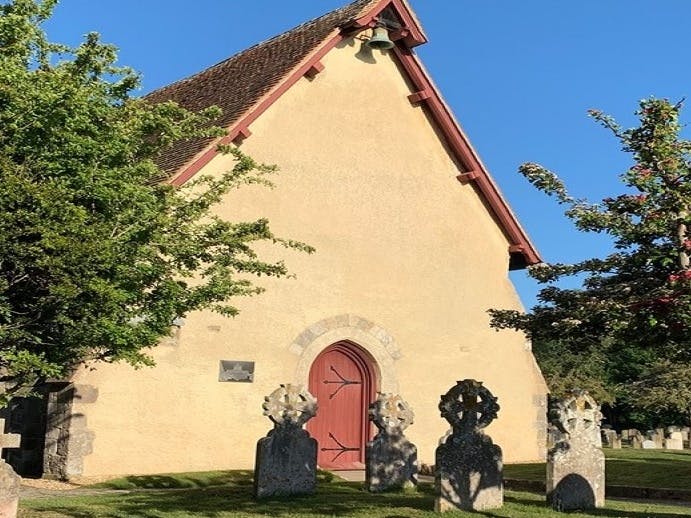
What is known is that during the early Norman period Selsey’s episcopal See was relocated to Chichester in 1075. Nothing remains of Wilfrid’s monastery, in the late 12th century a Church was built at Church Norton, constructed from rock quarried from the Mixon and dedicated to St Peter.
Wilfrid was recalled from Sussex in 686. His subsequent life was again not easy, as he had to retire again and was once more vindicated by Rome. He retired finally in 703 to his monasteries at Hexham and at Ripon, until his death at Oundle in 709 or 710. He is buried in the crypt of Ripon Cathedral.
Church Norton had been for many centuries a largely populated area but gradually due to silting up of Pagham Harbour the residents and local fishing industry moved further south to the modern area Selsey Town. Even today many of the decedents of the original residents refer to Selsey fondly as ‘Sutton’ a combination of North Town and South Town.
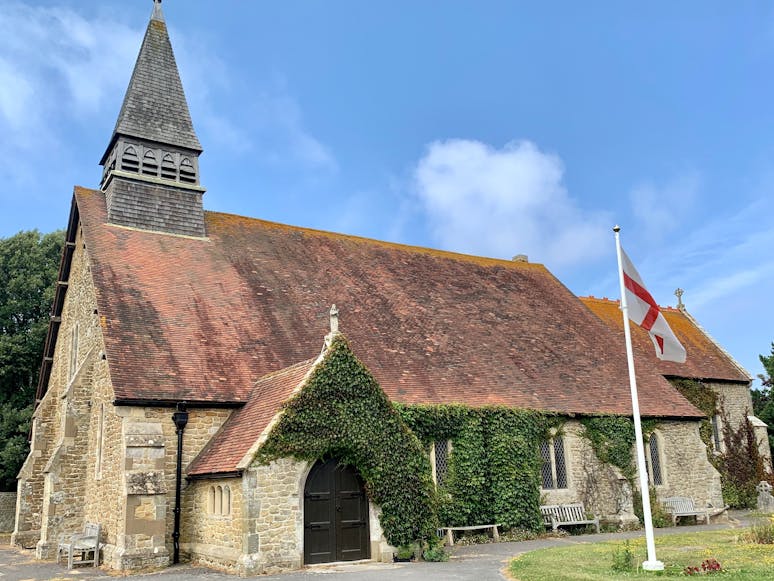
In 1864 it was decided to dismantle the church and to rebuild it stone by stone in Selsey. The chancel remains in the churchyard at Norton as it is against Ecclesiastical rules to move it and was renamed St Wilfrid’s Chapel. It is a Grade I listed historic building and well worth a visit.
St Peter’s was rebuilt at its current site in Selsey with a new chancel and an additional aisle and was consecrated in 1866. A few remains which may date from the early period, are kept at Chichester Cathedral. Some believe that the Purbeck stone font in St Peter’s church could be a relic of Wilfrid’s time, but others put it at a later period. There are known fragments of a Saxon cross which originally stood at Church Norton, today incorporated in St Peter’s war memorial. St Peter’s Parish Church, a Grade II listed building, is also well worth a visit as it holds many items of interest.
Selsey’s former St Wilfrid’s Roman Catholic Church was opened in Station Road (now Church Road) in 1919. Today’s Roman Catholic Church of Our Lady of Mount Carmel and St Wilfrid was built on the same site and blessed and opened in 1962.

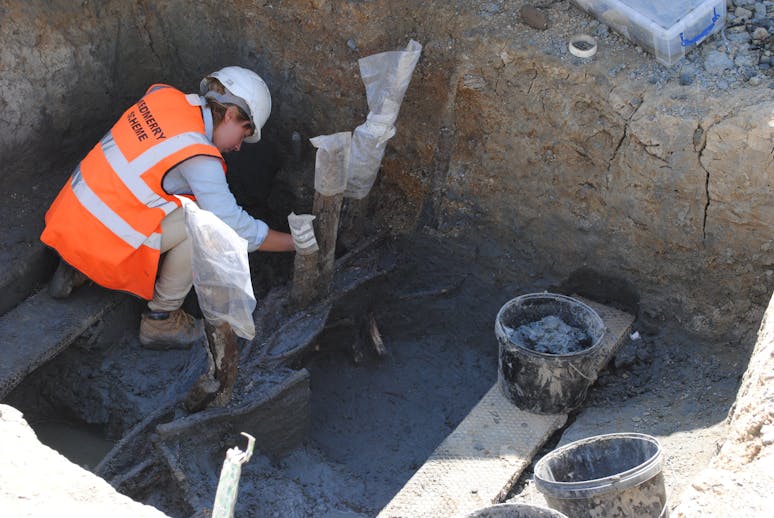
While at Selsey, Bede stated that Wilfrid taught the local population how to catch fish. It is of interest to note that, in 2013 before Medmerry was opened to the sea to create an intertidal reserve, remains of Saxon or early medieval wicker fish traps, preserved in the mud, were uncovered. These were carefully mapped and recorded by a University of London archeological team in the summer before the defense was breached later that year, and the sea was allowed in.